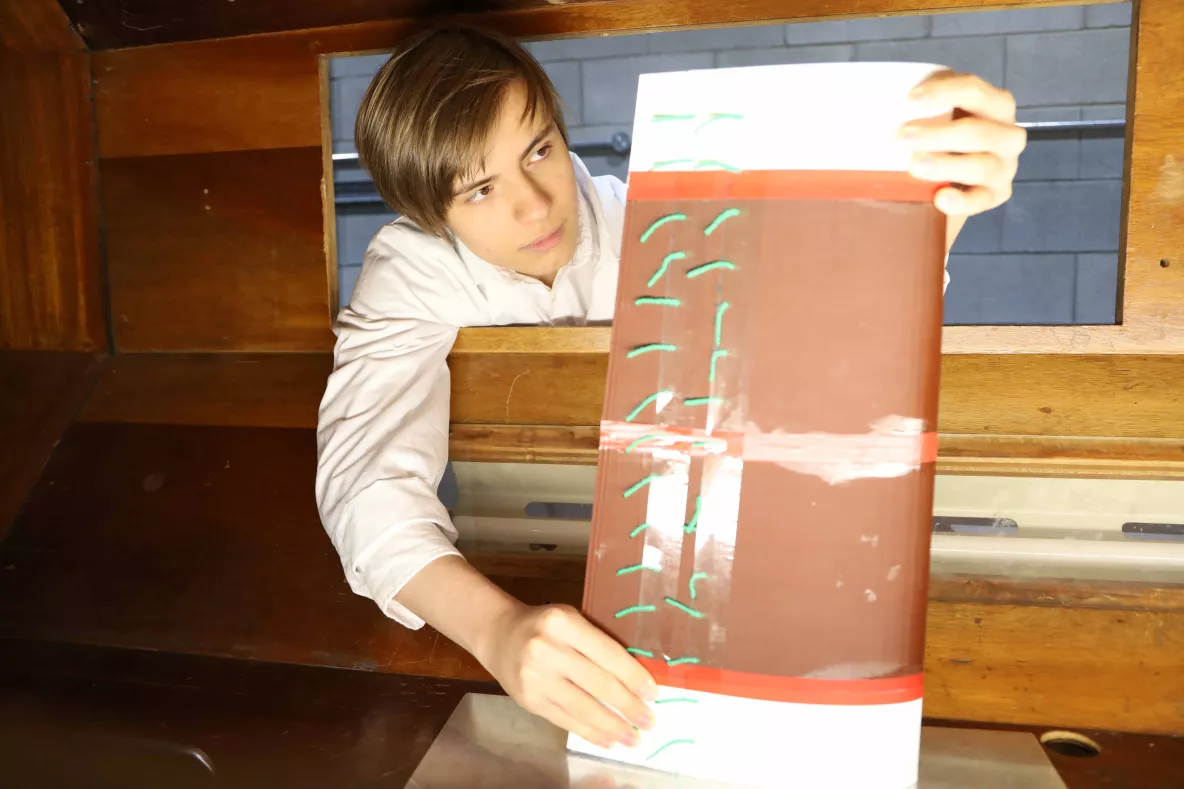

Aeronautical Engineering student Artem Rahozin from Ukraine is participating in the summer research programme at the Faculty of Science and Engineering. We recently met with Artem to ask about the programme and what he was investigating.
Course: BEng in Aeronautical Engineering
Supervisor: Associate Professor Philip Griffin
Name of Research Project/Activity: Experimental and Computational Modelling of the Performance of Wing Tip Vortex Reduction Devices.
Why did you decide to study Aeronautical Engineering at UL?
Since secondary school, I have found physics and mechanics interesting and intuitively understandable. Last year, I did an applied mathematics project partially related to aerodynamics. Back then the subject was completely new to me, but I was fascinated by its complexity. Aeronautical engineering at UL seemed most aligned with my interests among the courses available. It is a very mature field, but still one with huge potential, as new technologies have emerged recently and will continue to emerge.
What motivated you to apply for the Summer Bursary Programme?
My motivation can be described in one word: Learning. As a first-year student, I had a very brief understanding of Aerodynamics and viewed the programme as an opportunity to accelerate my learning. Furthermore, it was a chance to gain experience in applying the knowledge I had acquired for practical purposes. Finally, this experience would help me develop a strong work ethic – a precious asset. In conclusion, the programme seemed like a great investment of my time.
What are you doing as part of your research here at UL?
The research focuses on computational and experimental testing of different designs of tip vortex reduction devices (i.e. winglets) while capturing both the development of a vortex and its impact on the aerodynamic forces that emerged. There are research papers published on the topic, each using different approaches and versions of a winglet and methods to vary different designs and determine the efficiency of each.
The Project involves: designing different wing geometries (to negate and average their impact on vortex), designing different winglets separately, so they can be combined with any wing, simulating different designs in a specialised CFD software, and finally 3D printing and testing the designs in a wind tunnel. The final objective is to find any correlations between slight changes in geometries to find an optimal solution.
What are your future career plans, would you consider a career in research?
My next step for my future career will occur next summer when I start my cooperative education. Participation in this summer research programme will increase my competitiveness as a candidate at upcoming interviews in the autumn. A career in research sounds good and I would consider it as one of the options in my future career progression and choices among a broad spectre of opportunities.
Postal Address: Science & Engineering Faculty Office, Lonsdale Building, 1st Floor, University of Limerick, Limerick, Ireland
Email: scieng@ul.ie
Phone: +353 (0)61 202109 or +353 (0)61 202642